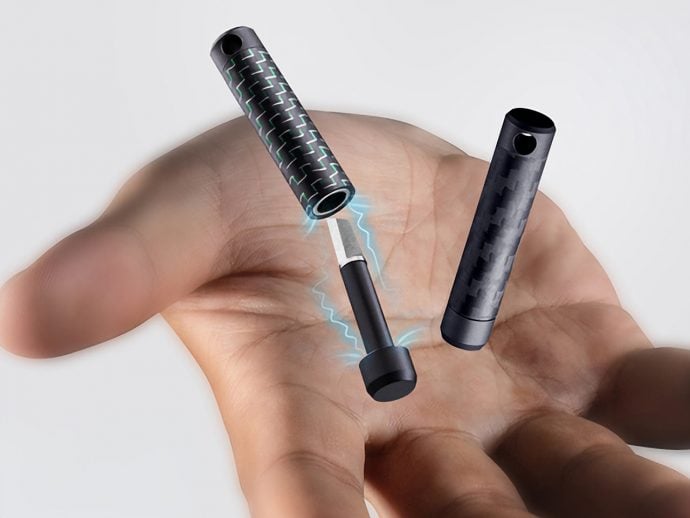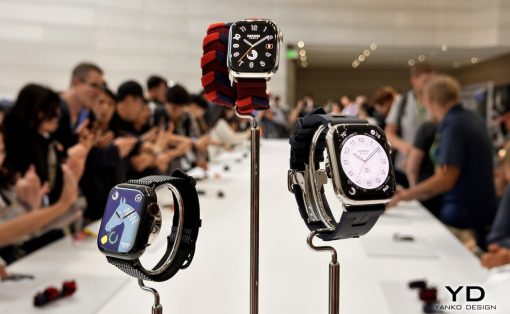Have you ever wondered how you could be the best designer in the world? How to be that money making Design Virtuoso? I know I have. What about you?
I sort of knew what it took, but I never really knew what it took, until today. According to Chris Guillebeau, the man behind The Art of Nonconformity, if you want to a virtuoso, or just be really good with anything (music, sport, design etc.), you will need to invest approximately 14,600 hours of practice or training to get there.
The time cost of becoming a virtuoso—which I’m defining here simply as a measure of extremely high expertise—is about 10 years of consistent training for at least several hours a day. This is the consensus view from a wide scientific literature on virtuosos from various disciplines.
Roughly, this breaks down to 14,600 hours over the course of a decade (4 hours a day, no weekends or holidays). According to experts who study the experts, If you spend approximately 14,600 hours practicing the cello, learning to be a surgeon, playing chess, or doing any activity that has a progressive learning scale and can be evaluated by other experts, you’ll achieve the status of being a virtuoso.
Yes, there are some disclaimers, and the most important one is that you have to have somewhat of a talent at playing chess or cello to begin with. But most virtuosos are not innate geniuses; they are instead highly disciplined individuals.
Extracted from: The 14,600 Hours to Virtuosity by Chris Guillebeau.
Wow. Now you know why some designers seem to be able to sketch, CAD or even design better than others. They have invested the time and effort to perfect their art.
Why some designers are so good?
I am willing to bet that those car designers who are able to sketch or draw so well, have put in serious time into their profession. Furthermore, I will not be surprised if many of them have been already sketching cars before they even got into design school!
Therefore, if you want to be really good at something, you have to first set a goal and then put in the hours to get there.
When I started out my design career, I was an old school designer living in a transition period between 2D and 3D. I had no 3D skills and no job because all the design firms were only hiring CAD jockeys at that time. Therefore I was determined to learn 3D and be the best CAD jockey there was. I made a decision to be very good at Rhino3D, in an environment dominated by Alias and Pro-Engineer.
So I put in the hours, invested weekends, read the Rhino Manual from cover to cover (I kid you not!), and did all the tutorials. Not only that, I searched out every hint and tip there was on the web, and even participated in the Rhino software Beta feedback team. In no time I was churning out Rhino CAD files dead quick and to a quality that was even manufacturing ready!
Passion and Dedication.
Chris talks about Talent being but one of the elements in the equation. I agree, even with design, Talent is nothing without discipline. However I like to add, particularly with design, Passion and Dedication are another two elements of this equation. I find that the two are linked, if you have a Passion for something, Dedication is not far behind.
There is a clear difference with a designer that lives and breathes design vs. a designer that is “oh-hum” about design. Having Passion is not just about loving design, it is also about the dedication to get knee deep in it, and the will to be designing almost all the time. I can relate to designers like Marc Newson who always seem to be critical of their surroundings and never seem to stop wanting to improve it. I can see also passionate Designers taking part in design competitions, creating their own products, or even solving problems outside of design.
It is Passion that is the fuel that keeps the fires burning and the designers going in the wee hours of the morning.
Being a “Jack of all Trades” is Only the Starting Point.
I like to close this discussion up by addressing a big complain I always here from Industrial Designers. That is we end up being “Jack of all Trades, and Masters of None”. Yes and No. The nature of the industrial design profession requires us to cover a lot of ground at school. However learning does not and should not stop when you graduate. When you do graduate, it is now up to you to focus on areas you are either interested in or perhaps areas you want to improve. For example if you start clocking just a few hours a day in sketching, you will soon have 10 hours a week, 40 hours a month and 480 hours a year etc. You see, you don’t have to put in that 14,600 hours to be a Virtuoso (unless you want to!), but anybody can start being better in something when the time is invested in doing so. Best of Luck!
———-
Brian is a multidisciplinary industrial design leader that goes under the pseudonym of “The Design Translator”. He muses about the art of design leadership and the business of strategic industrial design over at his website Design Sojourn. He often laments the lack of good soy mochas and Italian pizzas (with Rocket and shredded Parma ham) in Asia.






